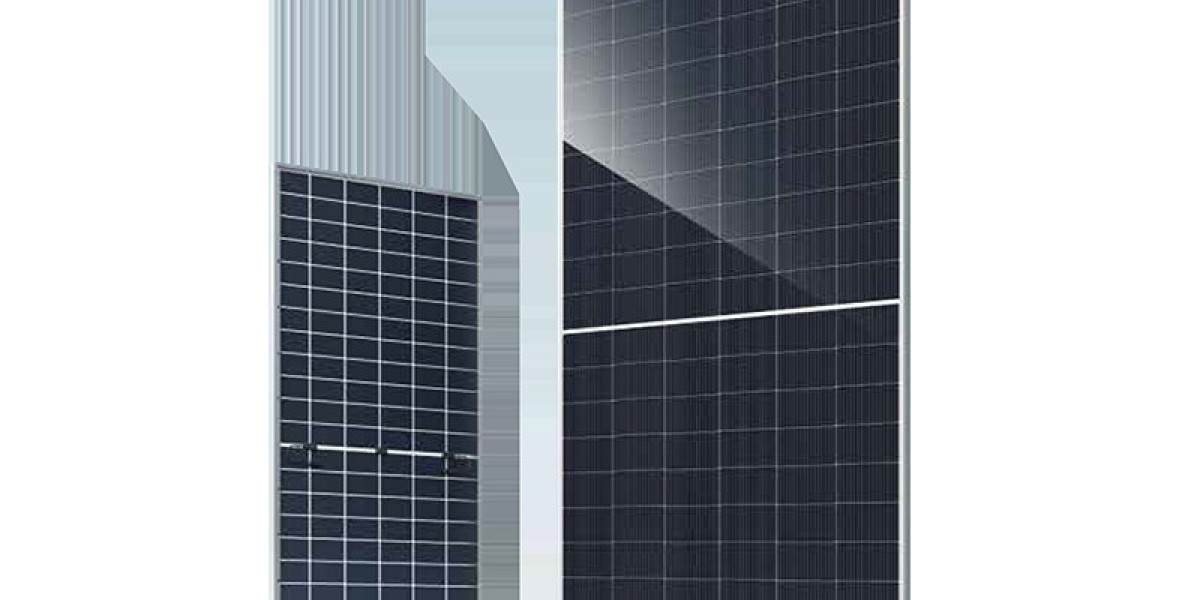A photovoltaic module, commonly referred to as a PV module, is the fundamental building block of solar energy systems. Its primary function is to convert sunlight directly into usable electricity through the photovoltaic effect. The heart of a PV module is composed of interconnected solar cells, typically made from silicon. These cells are semiconductor devices that absorb photons from sunlight, exciting electrons and creating an electric current. A single PV module is designed to generate a specific voltage and current, but for practical applications, multiple units are connected to form a complete array capable of meeting significant energy demands.
The construction of a PV module is a precise engineering process focused on durability, efficiency, and longevity. Individual solar cells are fragile on their own, so they are laminated between a durable tempered glass front and a protective polymer back sheet. This encapsulation, often using ethylene-vinyl acetate (EVA), seals the cells from damaging environmental factors like moisture, dust, and physical impact. This robust construction ensures the PV module can withstand harsh weather conditions, including heavy snow loads, high winds, and hail. The aluminum frame provides structural rigidity, facilitates easy mounting, and acts as a heat sink to help regulate the operating temperature of the cells, which is crucial for maintaining performance.
The performance and reliability of a PV module are validated through rigorous international testing standards. These tests simulate decades of exposure to ultraviolet radiation, extreme temperature cycles, humidity, and mechanical stress. This thorough certification process gives installers and owners confidence in the product's long-term operation. The rated power output of a PV module, measured in watts-peak (Wp), is determined under standardized laboratory conditions. While real-world output varies with sunlight intensity, angle, and temperature, this rating provides a consistent benchmark for comparing different products. The continuous innovation in cell technology and manufacturing processes steadily improves the energy conversion efficiency and resilience of the modern PV module, making solar power an increasingly viable and dependable energy solution worldwide.







